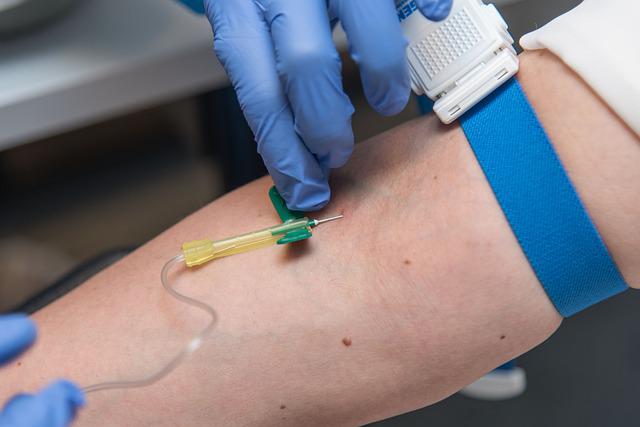The collection of blood specimens is one of the daily tasks of medical staff. The correctness and quality of blood specimen collection directly affects the status of the specimens received by the clinical laboratory, which in turn affects the doctor's judgement of the condition and the diagnosis and treatment of the disease.
A valuable test result requires the close cooperation of nursing staff, patients and laboratory staff to complete.
The reasons and countermeasures for unqualified specimens commonly encountered by laboratory staff in taking blood specimens are summarised.
Reasons for unqualified blood specimens
1. Specimen clots:
2. Specimen volume is small.
3. Errors in
blood collection tubes: incorrect blood collection tubes were used in the blood collection process.
4. Breakage of vacuum blood collection tubes.
5.The blood sample was sent for testing over time. Blood samples collected were not sent to the appropriate testing laboratory in accordance with the relevant regulations.
6. The blood sample specimen has incorrect information or does not have the items required for the test.
7. Failure to collect a blood sample specimen.
8. Fhe presence of haemolysis problems, such as severe or profound haemolysis
9. Severe lipaemia, which appears mainly in the form of milk.
10. Contamination of the collected blood sample specimen, such as delivery without a cover resulting in contamination by other specimens.

Any of the above situations encountered in the testing laboratory will result in a blood specimen being judged as a failed specimen. The patient's information, the reason for failure, etc. should be checked with the nurse and the clinical nurse should be asked to re-collect the blood after making the judgement.
In clinical work, the most common specimens encountered are haemolysis and coagulation. Coagulation is divided into two types: blood clots that are not easily detected by the naked eye and fluid clotting.
There are several reasons for the occurrence of these two phenomena.
1. uneventful and prolonged blood draws on the patient. The problem with this is that the blood may have already clotted in the syringe.
2. The blood is not shaken immediately after being injected into the syringe, which may also cause some of the blood to coagulate.
3. When shaking, the blood is not shaken evenly or long enough to mix well with the anticoagulant.
4. The next problem is inadequate blood collection or irregularities in handling.
Causes of specimen haemolysis
1. The patient's blood vessels are not filled, the tourniquet is used for too long, tied too tightly, and the puncture site is repeatedly tapped with force, causing intravascular haemolysis
2. Uneventful puncture, repeated probing of the needle tip in the vein, damaging too much tissue and causing haemolysis by.
3. Excessive force when mixing the anticoagulation tube or excessive oscillation when sending it for examination.
4. Blood collected from a vein with an existing haematoma, where the blood sample may contain cells that have haemolysed.
5. Bot using a blood collection needle but a disposable syringe, drawing blood too quickly, injecting blood from the syringe into the tube too vigorously after collection and haemolysis of blood cells by external forces.
6, Insufficient volume of specimen, disproportionate blood and anticoagulant, haemolysis occurs due to change in osmotic pressure.
7. Disinfection of the venipuncture site with alcohol or iodophor, and blood collection starting before the alcohol or iodophor is dry.
8. The syringe or blood container is not dry or the container is contaminated
9. The syringe and needle are not connected tightly, air enters during blood collection, generating bubbles and hemolysis occurs.
10. Blood is collected in a vacuum tube but the full amount is not drawn, i.e. some negative pressure remains in the vacuum tube, causing haemolysis of the specimen.
1. Collect blood in the following order: blood culture, blood collection tubes without additives (serum specimen tubes, red, orange or yellow), coagulation specimen tubes (light blue), other specimen tubes.
2. Standardise specimen collection methods, use vacuum blood collectors and try not to use syringes for blood collection.
3. Inadequate blood collection from vacuum tubes, the cap should be opened to balance the pressure inside and outside the tube and then capped again.
4. Avoid unqualified blood collection apparatus, do not use excessively fine needles, do not draw too hard and too fast, and do not collect blood from haematomas.
5. Choose the correct time and position for blood collection. Generally choose to collect blood in the morning in the lying position on an empty stomach.
6. Blood collection site: clinical blood collection site mostly use the middle elbow vein or your vein, can not choose too thin vein, otherwise the blood volume is insufficient, resulting in haemolysis.
7. The specimen should be sent to the laboratory quickly after collection to prevent degradation of certain components in the specimen.



